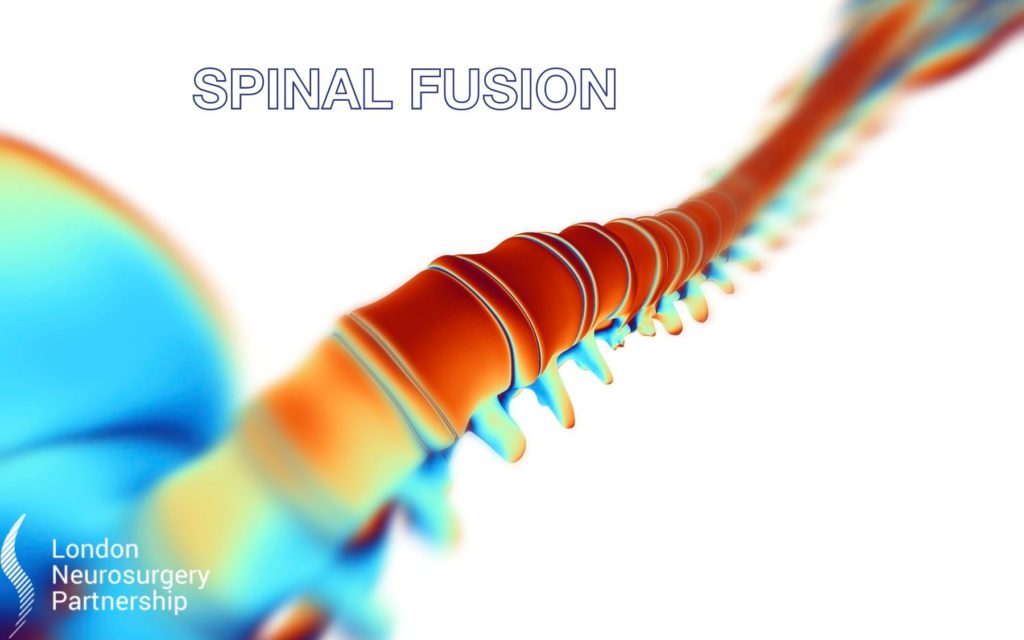
One of our complex spine experts, Mr Irfan Malik, explains to us all about spinal fusion surgery and what all the acronyms mean.
What is a PLIF, what is a TLIF, what is an ALIF? What are all of these different spinal fusion options that are out there for patients? You can read about one then another but they all sort of sound and look the same, so what do they mean?
Spinal fusion is an operation to make two of the segments of the spine become one, to fuse the segments. The spine is made up of:
- Bones which provide support
- Discs which act as shock absorbers between the bones
- Ligaments which hold it all together
- Muscles which provide movement.
As we age, or sometimes through trauma, the discs become degenerative and start to cause a problem in the spine. This can result in back pain although this is usually accompanied by pain down the legs like sciatic pain and if this progresses it can result in a lack of or reduction in function in the lower limbs, so this could be a foot drop or could just be weakness in the legs but whichever one of these it is, it will need to be treated.
So how does a spinal fusion work?
In the simplest way it could be a decompression which is just removing part of the bones at the back of the spine to free up the spinal cord and the nerves which is being affected. When a nerve becomes trapped or compressed, it can result in leg pain, weakness or numbness. If this progresses further sometimes more bone needs to be removed than a simple decompression which can cause the spine to become unstable. If this is the case the surgeon may have to add extra instrumentation into the spine to hold it in place whilst the bones grow and it becomes stable again. So this is where the PLIF, TLIF and ALIF comes in to play.
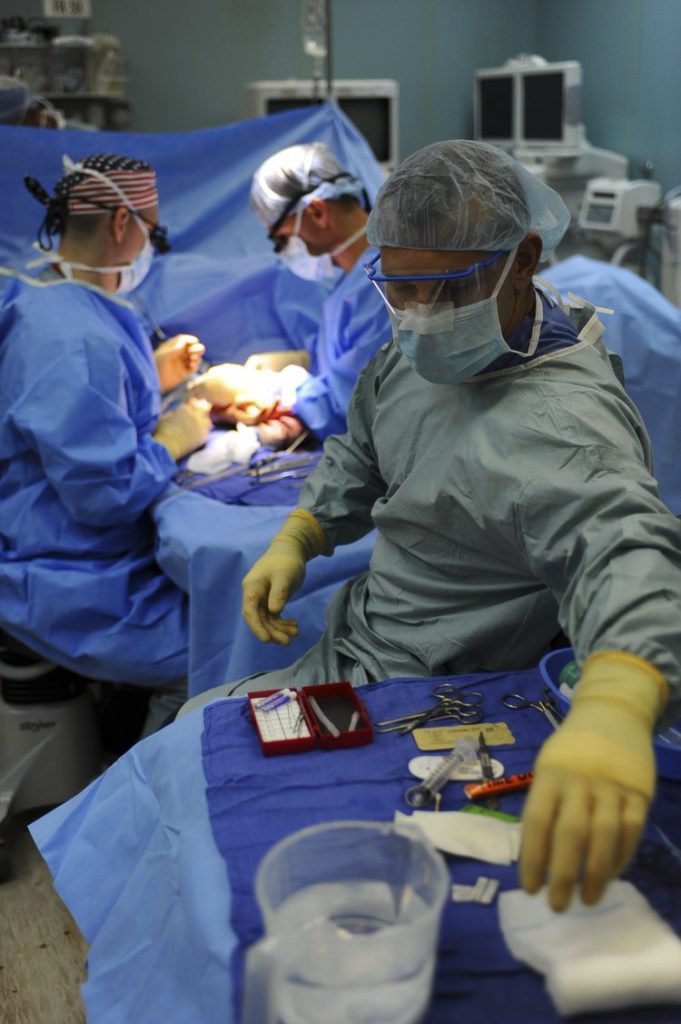 What is a PLIF, TLIF and ALIF?
What is a PLIF, TLIF and ALIF?
A PLIF is a Posterior Lumbar Interbody Fusion. The easiest way to understand this is to break it down by each word and what happens in the procedure. The surgeon will approach the lower spine (lumbar) from the back (posterior), remove the disc (that is the interbody part – i.e. between the vertebral bodies) and replace it with a cage or a spacer to restore the disc height and allow space for the nerves to move again and be free. The fusion aspect comes from putting a screw in the level above and below the affected disc and holding them together in order to keep everything stable until the bones have grown around the edge and formed one spinal segment rather than two – the fusion part of the operation. This can be encouraged by putting bone graft down in the lateral gutters or edges of the spine bones to encourage bone to grow more quickly whilst the screws are holding it steady.
A TLIF is just a different approach to the same operation. Instead of being called a posterior lumbar interbody fusion it is called a transforaminal lumbar interbody fusion. This means that the disc is usually accessed via one side (usually about 2 or 3 centimetres from the midline of the back rather than directly from the back) and is often accompanied with minimally invasive techniques meaning the operation is carried out through small stab incisions like keyhole surgery.
An ALIF on the other hand is an anterior lumbar interbody fusion where the disc spaces are approached through the anterior aspect (stomach) and a larger spacer is placed in to the disc space once the disc is removed. This is often accompanied with minimally invasive posterior fixation, from the back of the patient, as well.
The final option is an XLIF which is an extreme lateral lumbar interbody fusion. This is where the patient is placed on their side and the disc space is accessed directly from the side of the patient, past the iliac crest and on to the spine from the side. Again, this is often accompanied by screws in the back to hold everything in place until the fusion takes place.
Recovery times vary from fusion to fusion and from patient to patient. It is hard to say exactly when a patient will fully recover but we usually expect patients to be going home within a couple days of surgery and to be getting back to normal activities within six weeks, but again this varies from patient to patient.
This article is intended to inform and give insight but not treat, diagnose or replace the advice of a doctor. Always seek medical advice with any questions regarding a medical condition.


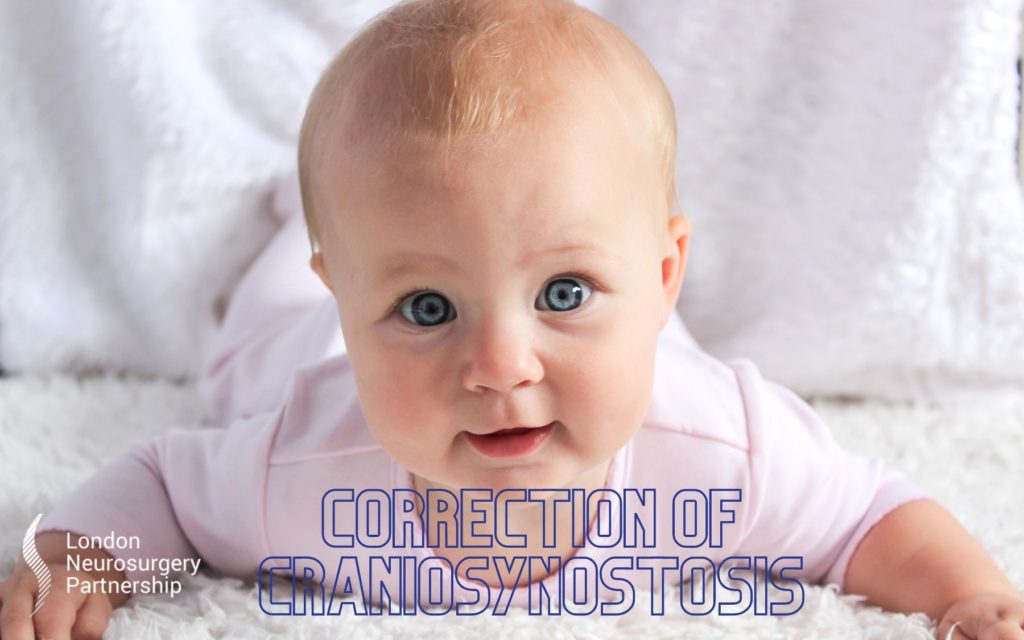
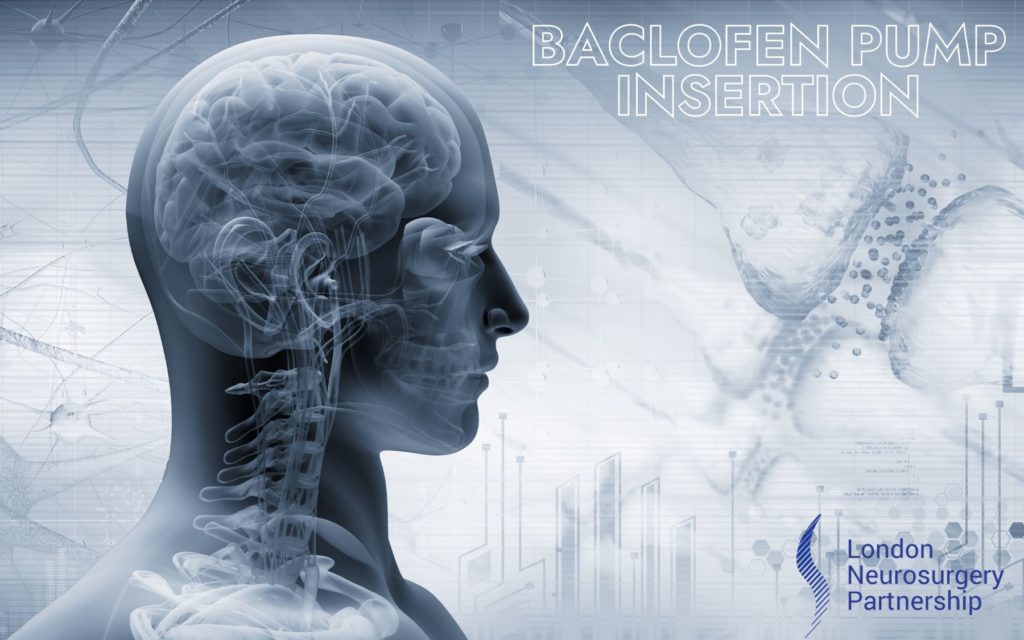
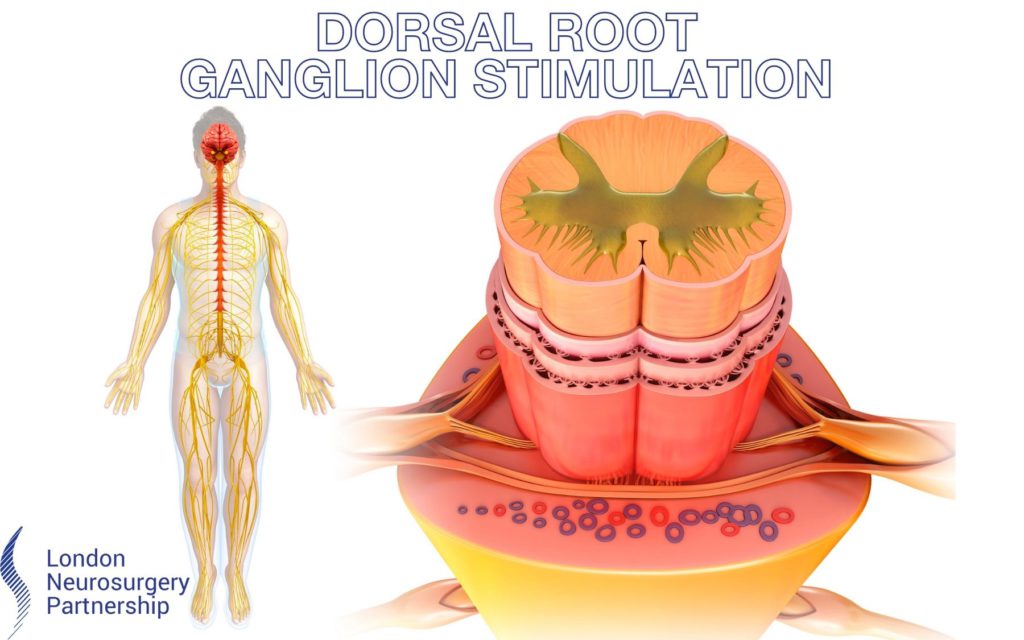
0 Comments